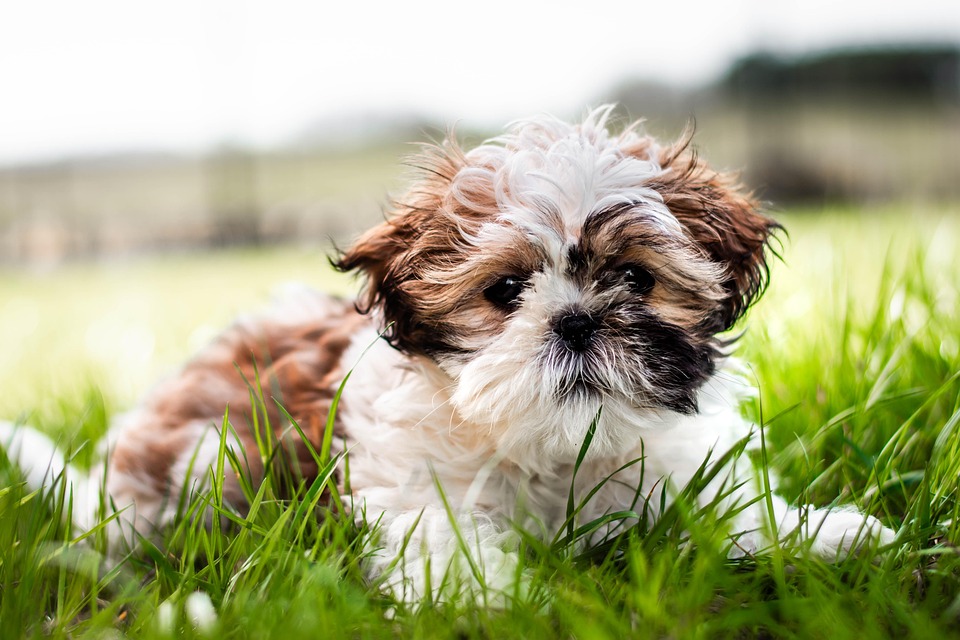
Introduction
Training small pets can be an incredibly rewarding experience for both the owner and the pet. Whether you have a rabbit, guinea pig, hamster, or any other small companion, understanding the unique needs and characteristics of your pet is crucial to successful training. This guide will provide comprehensive insights into effective training methods, tips for creating a conducive environment, and common pitfalls to avoid.
Understanding Your Small Pet
Before embarking on a training journey, it’s essential to understand the specific traits and behaviors of your small pet. Small pets, due to their size and natural instincts, may have different responses to training compared to larger animals. It’s crucial to approach training with patience and empathy.
Recognizing Species-Specific Traits
Different species of small pets have different levels of intelligence, social needs, and activity levels. For instance, rabbits are highly intelligent and can learn tricks and commands, whereas hamsters might be more independent and less responsive to training. Understanding these traits will guide you in selecting appropriate training techniques.
The Importance of Socialization
Socialization is key for small pets just as it is for larger animals. Socialization helps reduce stress, encourages positive behaviors, and strengthens the bond between pet and owner. Early exposure to various stimuli, including sounds, environments, and gentle handling, is crucial for fostering a well-adjusted pet.
Creating a Training-Friendly Environment
The environment where training takes place can significantly impact the success of your efforts. Setting up a space conducive to training is the first step in ensuring positive outcomes.
Choosing the Right Space
Select a quiet, comfortable area with minimal distractions for training sessions. The space should be safe, free of hazards, and provide enough room for your pet to move around. For pets like rabbits, a secure, enclosed area is ideal to prevent them from bolting during training.
Using Positive Reinforcement
Positive reinforcement is a highly effective training method for small pets. It involves rewarding desired behaviors with treats, praise, or petting, encouraging the pet to repeat those behaviors. Consistency is key – ensure that rewards are given immediately after the desired behavior to reinforce the connection.
Training Techniques for Small Pets
Training small pets requires a gentle approach that respects the animal’s natural behaviors and instincts. Here are some techniques tailored to different types of small pets.
Rabbits
Rabbits are intelligent and can be trained to use litter boxes, respond to their names, and perform tricks. Start with simple commands like “come” or “sit,” using treats as incentives. Gradually increase the complexity of the commands as your rabbit becomes more comfortable with the training process.
Guinea Pigs
Guinea pigs can be trained to recognize their names and perform simple tricks. Use a gentle voice and small treats like vegetables to encourage your guinea pig. Short, frequent training sessions work best, as guinea pigs can become easily distracted.
Hamsters
Training hamsters requires patience due to their independent nature. Begin with basic handling to get your hamster accustomed to your presence. Use treats to encourage exploration and gentle interactions. Over time, you can introduce simple obstacle courses to encourage mental stimulation.
Birds
Small pet birds like budgies and canaries can learn to mimic sounds and perform tricks. Training birds often involves using verbal cues along with hand signals. Start with basic commands, and be sure to reward your bird with treats and praise for successful attempts.
Overcoming Common Challenges
Training small pets can come with challenges, but with persistence, these can be overcome.
Dealing with Fear and Shyness
Many small pets are naturally cautious or shy, especially in new environments. To combat fear, spend time near your pet without forcing interaction. Allow your pet to explore you at its own pace, and reward brave behaviors with treats.
Avoiding Stress and Overtraining
Overtraining can lead to stress and anxiety in small pets. Keep training sessions short and end on a positive note. Be observant of your pet’s body language; if they appear stressed or uninterested, it’s time to take a break.
Consistency and Routine
Consistency is crucial in training. Establish a routine that includes regular training sessions. This helps your pet understand what to expect and feel more secure and confident in the training process.
Conclusion
Training small pets can be a fulfilling endeavor that enhances the bond between you and your pet. By understanding their unique needs, creating a supportive environment, and employing positive reinforcement techniques, you can effectively train your small pet. Remember, patience and empathy are your greatest allies. Celebrate small victories and enjoy the journey of learning and growing with your pet.
Additional Resources
For further reading, consider exploring books and online resources specific to your pet’s species. Joining online forums and communities can also provide valuable insights and support from other small pet owners.
#ChatGPT assisted in the creation of this article.








